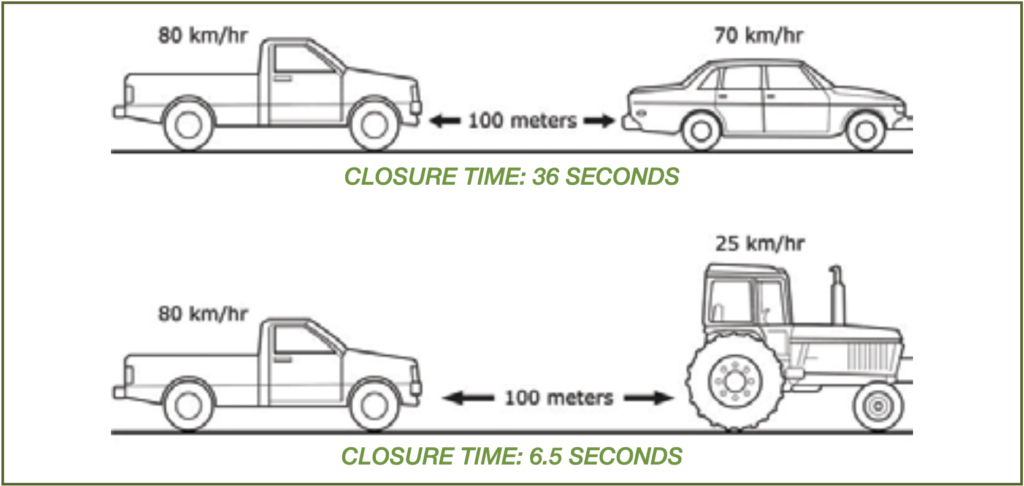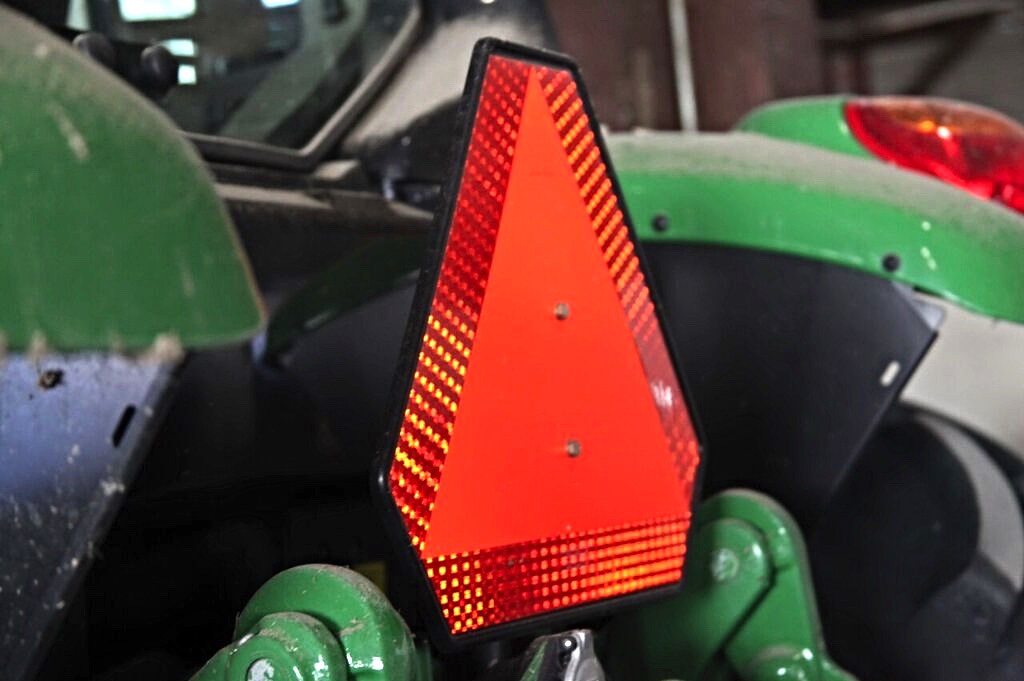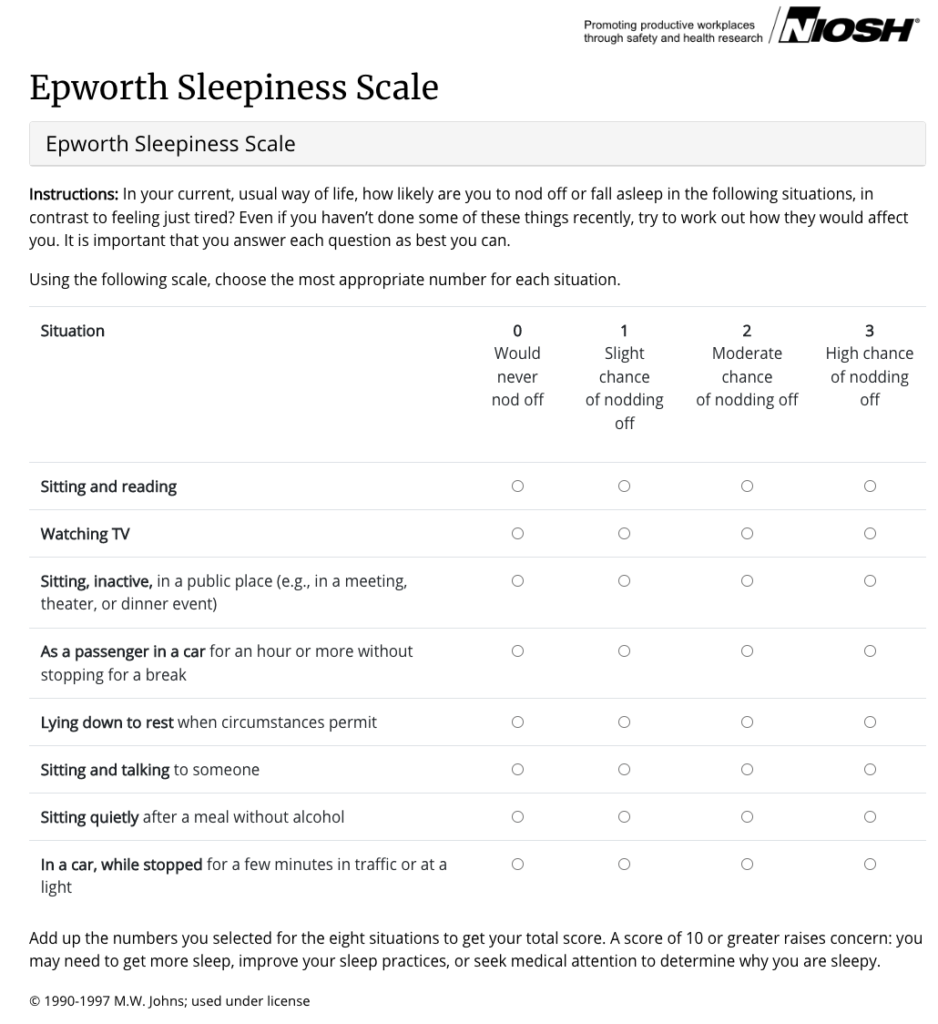
It Happened to One of Us
2019 Incident Summary
(Source: CBC)
| Description | Injury Type | Age Range | Sector | WCB Code |
| Motor vehicle/tractor collision | Non-serious | Unavailable | Unavailable | Unavailable |
Incidents involving agricultural equipment and motorists are not uncommon, most don’t make the news, and sadly, the outcomes of these incidents can be far more devastating than in this instance.
While producers cannot control the actions of motorists on roads and highways, we can take steps to help prevent an incident from happening. Finding data on these incidents can be challenging, however, the National Safety Council1 in the U.S. estimated that:
- 15,000 farm vehicles are involved in motor vehicle collisions on public roads each year;
- almost 90% happen during daylight hours on dry roads; and
- two-thirds are rear end collisions.
To help you and your farm team recognize the hazards and take steps to help prevent an incident while travelling on the road, click on the link below to download and print AgSafe Alberta’s Farm Equipment On Public Roads Toolbox Talk.
Toolbox Talk: Farm Equipment On Public Roads
Alberta farmer rear-ended in tractor urges caution in harvest season | CBC News
Safe Transportation of Farm Equipment in Alberta
Escort Vehicle Operator’s Handbook

CLICK HERE TO CONTACT US AT INFO@AGSAFEAB.CA
WE CAN ANSWER QUESTIONS, OFFER SUPPORT,
AND PROVIDE YOU WITH RESOURCES THAT WILL
MAKE SAFETY ON YOUR FARM PRACTICAL AND ACHIEVABLE.

How’s your sign?
Slow Moving Vehicle (SMV) signs must be:
- In good condition, not faded, and clean.
- Mounted on the rear of the tractor or implement being towed.
- Properly mounted and clearly visible.
- Used on equipment travelling less than 40 km/hr.

APPROACHING EQUIPMENT SAFELY
Run overs continue to be a leading cause of death on farms. Sometimes it is necessary to approaching working equipment, however, it is dangerous and needs to be done in a safe way. The following list provides some practices that will help to ensure equipment is being approached in a safe manner:
- Always keep a safe distance away from the equipment.
- Only approach equipment if eye contact has been made with the operator and they have given you a clear signal (e.g., wave) to proceed.
- Walk cautiously on unstable ground; you don’t want to slip or trip and fall near working equipment as you will be less likely to be seen.
- Wear high visibility clothing, such as a vest; it will help make you easier to spot, especially in low light situations.
- Never assume you have been seen by the operator or approach without a clear signal to do so.
- Once given the signal to approach by the equipment operator, it is still important to stay out of blind spots.
- Using radios or hand signals can be effective ways to communicate without having to approach equipment at all.
Toolbox Talk: Approaching Equipment Safely
Hand Signals on the Farm
SAFETY FIRST, LAST THOUGHTS
Fatigue… Take The Test!
Long days, lots of heat, sitting in a noisy tractor for hours; these are just a few of the factors that can cause fatigue. The Epworth Sleepiness Scale (ESS) is a short, simple questionnaire used to measure daytime sleepiness. A score of 10 or more is a cause for concern and action. Click on the image below to assess where you are on the scale:

Sources
1Hallman, Eric M., Abend, E. (n.d.). Roadway Safety: Lighting & Marking of Agricultural Equipment. Cornell Agricultural Safety and Health Program. Accessed July 20, 2022 from https://www.scribbr.com/apa-examples/report/
CONTACT US
For general inquiries: info@agasafeab.ca /403-219-
For our hotline for incidence assistance: 1-833-9AGSAFE
